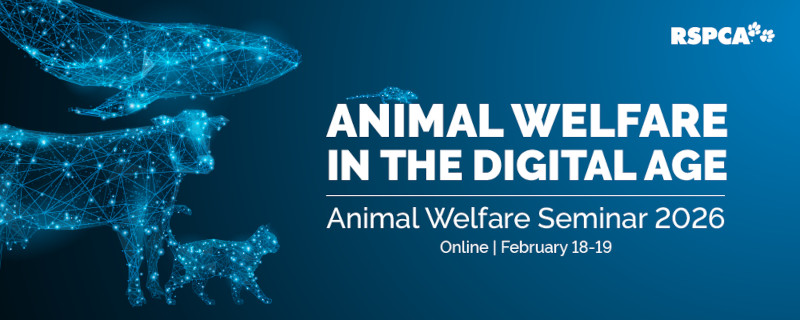Wallowing is a natural behaviour which pigs are motivated to perform and, when given the opportunity, pigs will make their own wallows. A wallow is a shallow depression containing muddy water in which a pig will often dig and root before entering to cover themselves in mud. Ideally, a wallow is large enough to accommodate all the pigs in a group. When observed in a semi-wild environment, commercially bred pigs were seen to be grazing, rooting, and nosing, as well as wallowing in mud. In the wild, pig habitats will always have wallows which they use both during hot and cold weather.
Pigs may enter a wallow and completely submerge themselves (if this is possible) while at other times, they will only immerse themselves partially. Pigs may wallow passively – by just standing or lying in the mud – or actively, when they may root in the wallow, and stretch, roll and kick in the muddy water. Where wallows are sufficiently large, pigs may wallow for longer periods a few times a day (e.g. up to 3 hours average in the morning), whereas in a situation with more pigs and less wallowing space, the bouts may be shorter but more frequent.
Wallowing performs a social function as most pigs will wallow in groups, and facilitates comfort behaviours. Behaviours associated with wallowing include feeding (before and after wallowing), drinking (from the wallow), defecating (after wallowing but sometimes in the wallow), and urinating (before and after wallowing). Wallowing may also be related to scent rubbing and scent marking, the purpose of which may include comfort behaviour or social/sexual attraction. Although pigs will wallow at temperatures of around 12 degrees, adult pigs’ will typically use a wallow at temperatures of 17-21ºC and growing pigs increase rooting in the wallowing area at around 20ºC.
Wallowing (duration and bouts) generally increases with increasing ambient temperature and is used for thermoregulation as pigs have little hair and little ability to sweat. Wallowing – and applying a protective coating of mud – also serves to protect pigs from sunburn, flies and external parasites.
Once the mud has dried, pigs will use a scratching post to remove the mud from the sides of their body. Although pigs seem to be primarily motivated to wallow for thermoregulation and parasite control, other reasons may include skin care, smell, comfort, play or pleasure and contribute to a pig’s positive affective state. Without a wallow, pigs will seek out other wet surfaces or attempt to lie in their own faeces or urine.
The opportunity to provide wallowing facilities for all classes of pig in both outdoor and indoor production systems should be investigated. RSPCA Australia encourages participation in independent certification schemes that promote best environmental practice in regard to wallow management.

